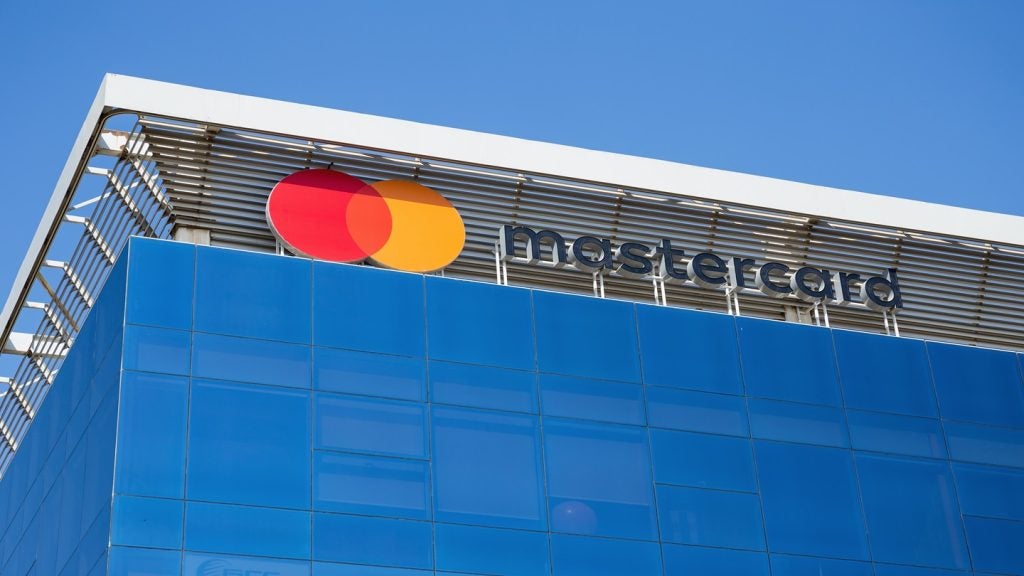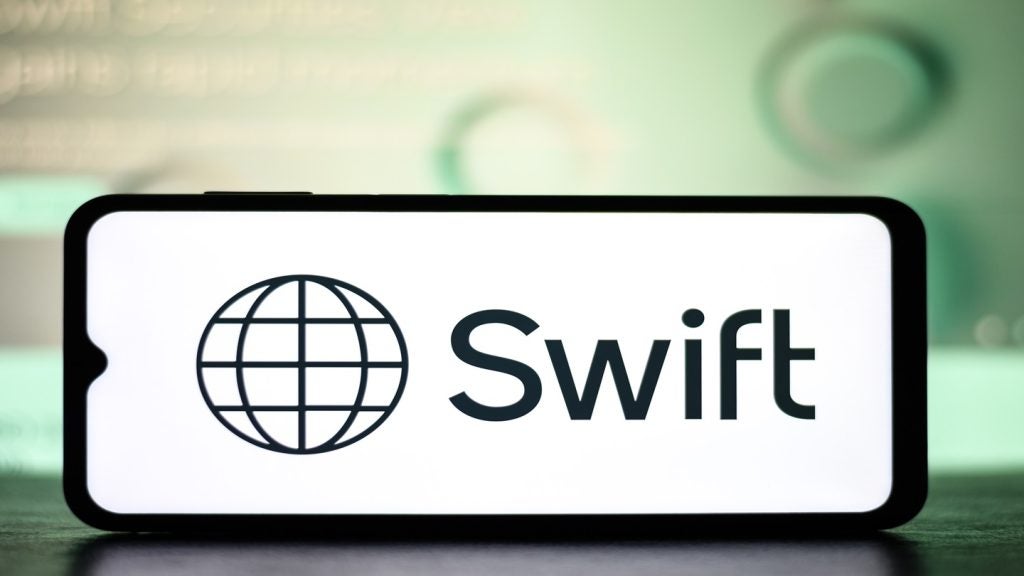Credit card executives have railed against new
regulations that have limited their ability to charge higher fees
and interest rates to consumers. They claim the changes will cost
their business billions in lost revenue. As Charles Davis reports,
however, there are signs some US credit card issuers are up to the
same old tricks.
Early results show consumer reforms
ushered in by the Credit Card Accountability Responsibility and
Disclosure Act have resolved some of the US credit card industry’s
most controversial practices, but challenges remain.
A comparison of the terms of around
450 cards advertised by banks and credit unions in March 2010
compared with a year earlier revealed the once-commonplace practice
of increasing interest rates on existing balances for infringements
of card agreements has ended.
Issuers are now uniformly applying
payments to balances with the lowest interest rates first, the Pew
Charitable Trusts said.
A credit card issuer can no longer
unilaterally decide to raise interest rates on existing
balances.
How well do you really know your competitors?
Access the most comprehensive Company Profiles on the market, powered by GlobalData. Save hours of research. Gain competitive edge.

Thank you!
Your download email will arrive shortly
Not ready to buy yet? Download a free sample
We are confident about the unique quality of our Company Profiles. However, we want you to make the most beneficial decision for your business, so we offer a free sample that you can download by submitting the below form
By GlobalDataLikewise, practises including “hair
trigger” penalty rate increases, unfair payment allocation and
overlimit fees without prior consent are a thing of the past.
Penalty rates for actions such as
missed payments remain widespread, the report said. The median
penalty rate rose by one percentage point, to 29.99%, and almost
half of bank cards, including a card issued by Bank of America, did
not disclose their penalty rates. Some issuers did not specify what
would trigger increases or how cardholders could return to lower
rates.
Median fees for bank cash advances
and balance transfers also rose to 4%, from 3%.
There was no indication of a trend
toward adding new fees, the report said. Fourteen percent of cards
surveyed included an annual fee, compared with 15% in July 2009,
while the median annual fee increased to $59, from $50.
 Playing a guessing
Playing a guessing
game
Now cardholders must play a guessing game with rate increases on
late payments, plus deal with the widespread use of other penalty
interest rates and steep increases in cash-advance fees.
The study scrutinized all consumer
credit cards offered online by the nation’s 12 largest banks and 12
largest credit unions, which account for more than 90% of the
credit cards in the US.
The study, Two Steps Forward:
After the Credit CARD Act also found that while card issuers
disclose that penalty interest rates will be applied to payments 60
days or more late, they do not say by how much.
At least 94% of bank cards and 46%
of credit union cards noted that interest rates could go up as a
penalty for late payments and other violations. Nearly half failed
to say what the actual penalty interest rate was or how high it
could climb.
“While it’s been less than a year
since passage of the Credit CARD Act, the new law appears to be
working for millions of Americans who have credit cards,” said
Shelley Hearne, managing director of the Pew Health Group.
“The elimination of most of the
‘unfair’ or ‘deceptive’ practices of the credit industry since we
last surveyed the marketplace marks a major milestone in the move
to make credit cards safer, transparent and fairer for consumers.
Most of the news is good, but we are seeing the rise of new harmful
behaviour.”
Benefits for
consumers
Beyond the requirements of the new law, there are new practices
that benefit consumers. Less than 25% of all cards examined had an
overlimit fee, which is down from more than 80% of cards in July
2009. Additionally, mandatory arbitration clauses, which can limit
a consumer’s right to settle disputes in court, are now found in
10% of cards compared to 68% in July 2009.
Predictions that legislation would
spawn the growth of new fees have yet to materialize. There was
minimal change in the number of cards that include an annual fee
(down 1 percentage point from July 2009 to March 2010). During that
period, the median size of these fees increased from $50 to $59 for
banks and from $15 to $25 for credit unions.
“Although we applaud changes by the
card industry to create a fairer and more transparent marketplace,
our research shows that some challenges remain,” said Nick Bourke,
a director at Pew.
“For the first time, we have seen
credit card disclosures warning consumers that interest rates could
go up as a penalty for certain actions, but not stating how high
those rates could go.
“Federal regulators should pay
attention to this problematic new trend. When issuers withhold
vital pricing information, it leaves cardholders in the dark and
puts their financial security at risk, which is why federal
regulations have long required issuers to disclose their rates and
fees up front.”
The Pew study concluded with a
number of policy recommendations to address new challenges,
including a call for federal bank regulators to enforce existing
regulations that require companies to disclose full and reliable
credit card penalty rate information to customers
The Federal Reserve should prohibit
issuers from charging penalty interest rates that are higher than
initially disclosed when the consumer opened the card account.
The report also shows that
surcharge fees for cash advances rose sharply between July 2009 and
March 2010.
Bank cash advance and balance transfer fees increased on average
by one-third during this period, from 3% of each transaction to 4%.
Credit union cash advance fees went up by one quarter, from 2% to
2.5%.







